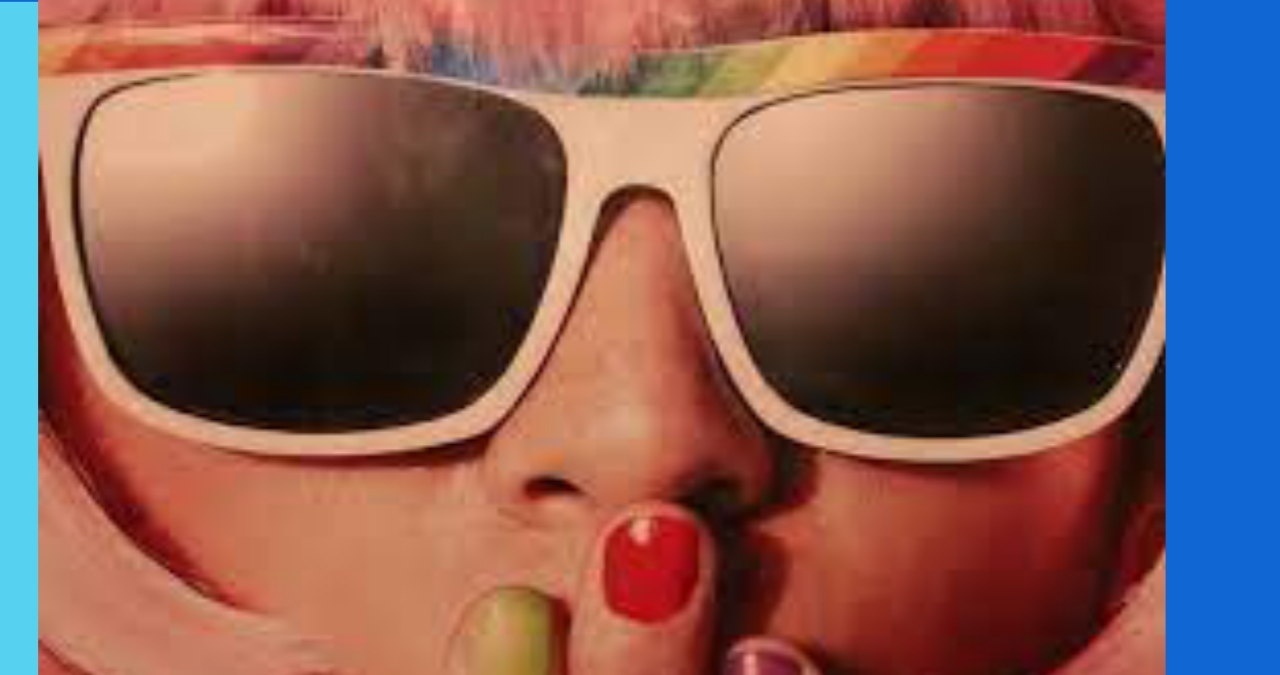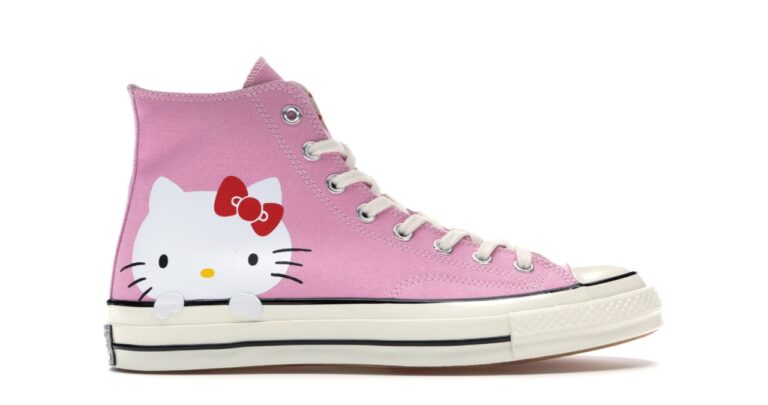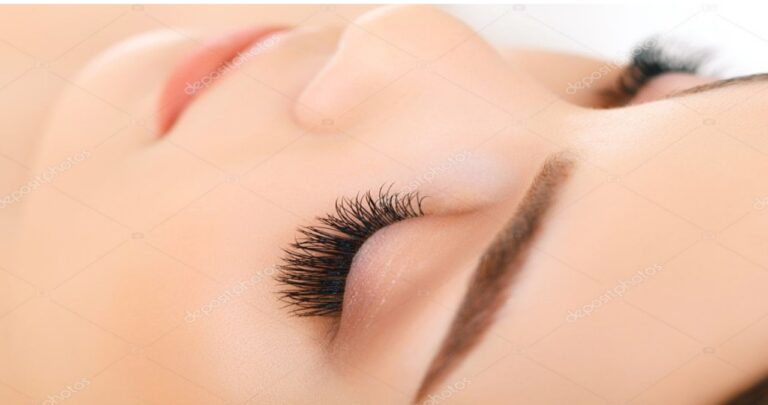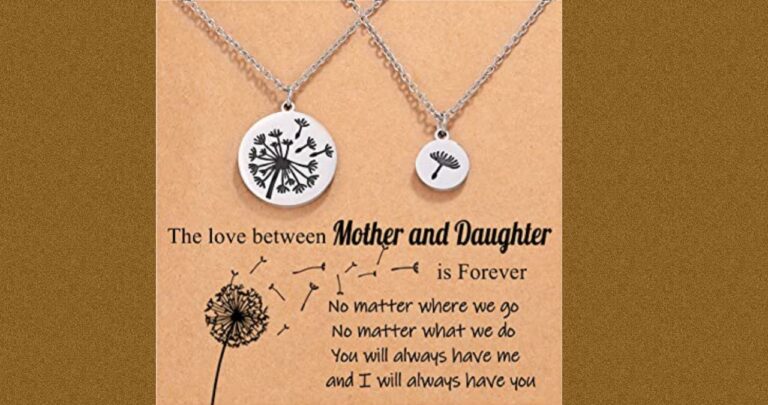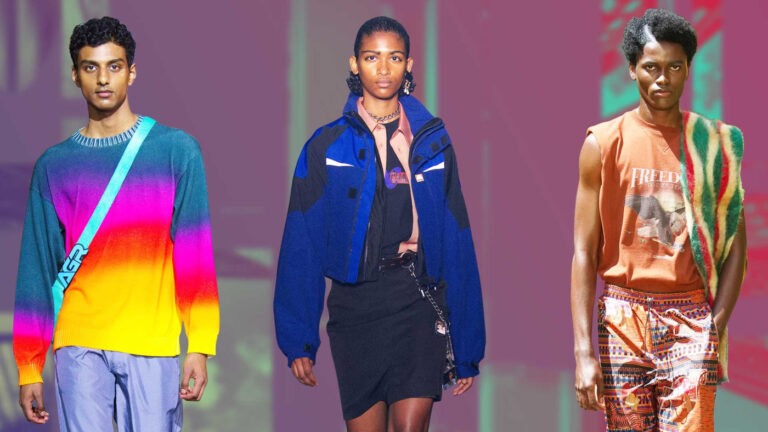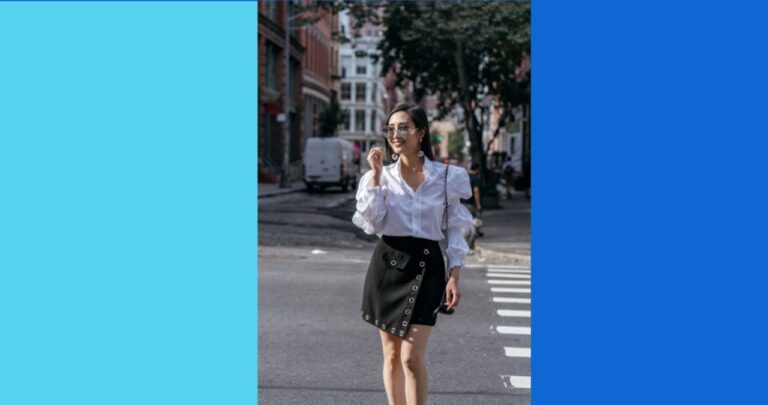The Most Iconic 70s Fashion Items
If you were a child of the 70s, you might remember the tank top, tube top, and crop top. For women, spaghetti strap tank tops were in. Platform shoes, which were usually 5-6 inches high, were also in style. And women wore feathered hairstyles, made famous by Farrah Fawcett. Here are some of the most iconic 70s fashion items. For more information, read this article.
Vivienne Westwood
Vivienne Westwood is a British designer best known for her provocative clothes from the 1970s. Her designs often addressed controversial issues, such as climate change and mass tourism. These provocative designs, once deemed rebellious, are now considered works of art and are featured in museums all over the world. Westwood was honored by Queen Elizabeth II in 1992, with the Order of the British Empire. During her lifetime, Westwood created over 500 fashion collections and influenced millions of people worldwide.
Jean Muir
A style icon of the 1970s, Jean Muir’s clothing was a triumph of the neo-futuristic movement. Born in 1928, her parents were fabric experts and superintendents of drapery floors. Although they separated when Muir was young, her father passed on his passion for good cloth to her. She learned to sew, embroider, and knit at the young age of six.
Roy Halston
Roy Halston’s influence on fashion was far reaching and lasting. Even after creating designs for Mick Jagger to ride around the studio 54 in on a white horse, he continued to micro-manage his empire, designing outfits for the American Girl Scouts, re-designing the uniforms for Avis car rentals, and designing for US Olympic athletes in 1976. The new film, “Halston,” is a look at the man behind this unique and iconic fashion statement.
Calvin Klein
The 1970s were a decade of fashion and style, and the Calvin Klein label was no exception. This brand incorporated classic American designs into new silhouettes, creating a distinctly 1970s look. In shades of navy, blue, blush, and aubergine, the clothes featured sleek silhouettes with contrasting colors. Highlights of the collection included leather overalls with a lace bra and midi-length ultra-sue frocks. The brand also showcased an updated version of its trademark jacket-and-turtleneck combos.
Laura Ashley
In the 1970s, fashion was all about Laura Ashley. The clothing brand was known for its girlish floral designs and conservative silhouettes. Most young women couldn’t pull off the frumpy designs that Laura Ashley was known for, so they ended up in the bin. Now, they are prized collectibles for vintage collectors. But what did Laura Ashley do to make her clothing so popular? Here are a few of its iconic pieces that made it a classic of the 70s.
Diane Von Furstenberg
The wrap dress is a staple piece of Diane Von Furstenberg’s repertoire, and the ’70s were a time when this classic style was at its peak. Born in Belgium, Diane Von Furstenberg rose to prominence in the late 1960s, when she married into the German princely family of Furstenberg. The couple separated in 1972, and later divorced in 1983. Her designs were reintroduced after her divorce.
David Bowie
The first time I saw David Bowie in 70s fashion was in a movie called “An American in Paris.” The actor played the role of Ziggy Stardust, the alter ego of the rock star. Ziggy was a character that he created with his wife, Angie. Bowie wore many different costumes in his films and in his live performances, and he was often considered a fashion icon of the decade.
Conclusion
In conclusion, the 1970s was a memorable decade for fashion and the rise of iconic designers. Vivienne Westwood brought controversy and rebellion to the runway. Jean Muir perfected neo-futurism. Roy Halston defined Studio 54 style. Calvin Klein popularized sleek American sportswear. Laura Ashley emphasized girlish florals. Diane Von Furstenberg made the wrap dress a must-have. And David Bowie influenced glam rock fashion through unique alter egos. These designers left an indelible mark and remind us that the 1970s was a period of self-expression and creativity through clothing. Their innovative designs still inspire fashion today.

I’m publisher on vents today if anyone want post on our website then do contact

